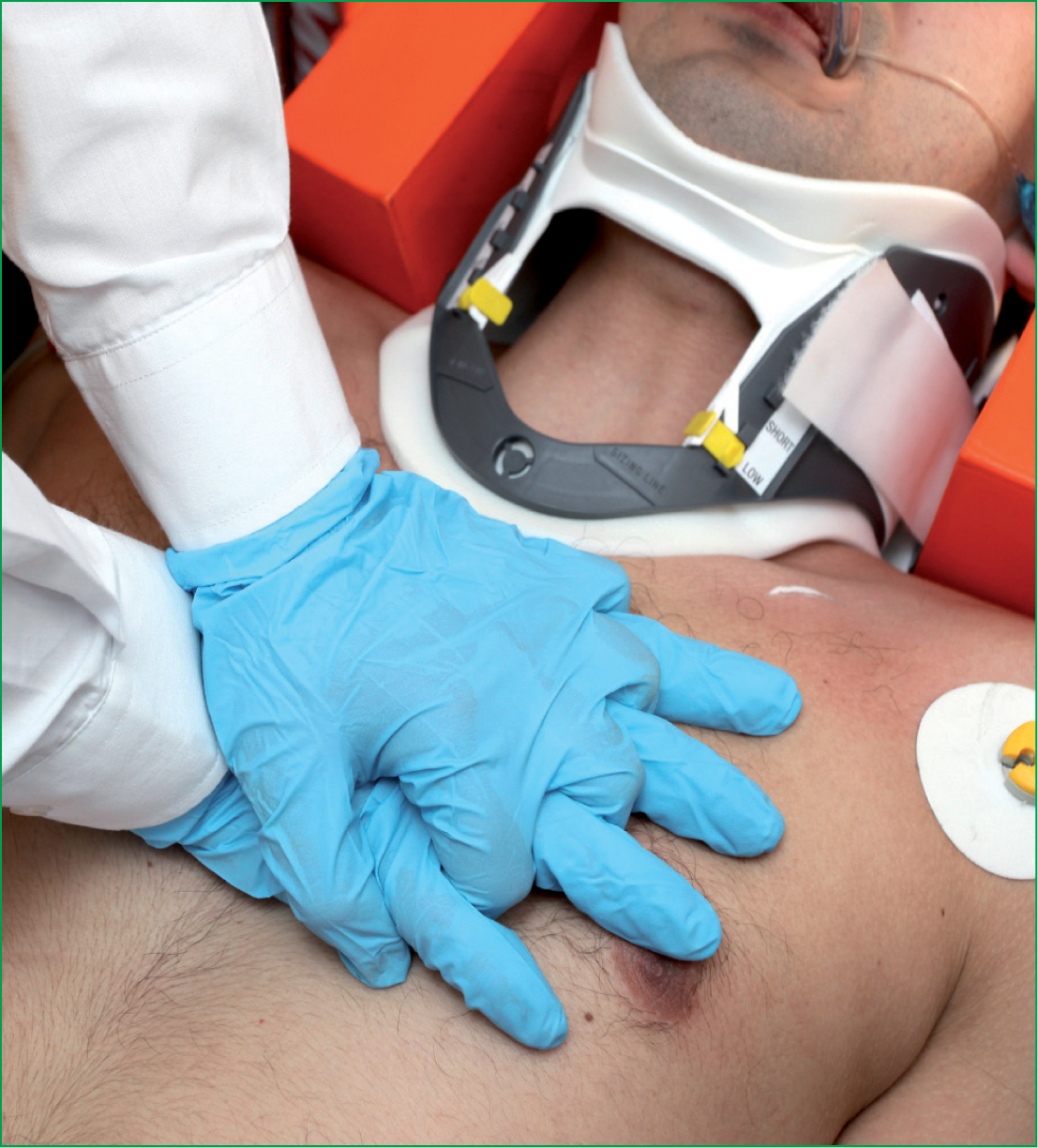In 2005 and again in 2010, the International Liaison Committee on Resuscitation (ILCOR) and the American Heart Association (AHA) Guidelines for Cardiopulmonary Resuscitation and Emergency Cardiovascular Care were changed.
A primary change in the guidelines included increasing the proportion of time focusing on chest compressions by changing the ratio of chest compressions to ventilations from 15:2 to 30:2, and doubling the time between rhythm analyses. The changes being reported since implementation of this practice are refecting an increase in survival rates for out-of-hospital cardiac arrest (OHCA) for patients presenting with a shockable rhythm such as ventricular fbrillation (VF) and ventricular tachycardia (VT).
Less is known about the impact of the guidelines on the outcomes of non-shockable arrhythmias— asystole and pulseless electrical activity (PEA). Therefore, the authors performed a retrospective cohort study of all non-traumatic cardiac arrests due to a non-shockable rhythm over a 10 year period in King County, in the USA. The investigation compared a fve-year control period, using the 2000 resuscitation guidelines, to a fve-year intervention period, using the 2005 guidelines; with the primary outcome being survival at one year.
A total of 3 960 patients were included in the study, 1 774 in the control group and 2 186 in the interventional group. The authors reported an improvement in survival at 12 months from 2.7% to 4.9% for the control and intervention groups respectively (P=0.001).
In addition improvements were noted in ROSC at hospital arrival (from 26.6% to 33.9%, P<0.001), survival to hospital discharge (from 4.6% to 6.8%, P=0.004), neurologically favourable survival at discharge (from3.4% to 5.1%, P=0.005); and survival at one-month (from 4.1% to 6.2%, P=0.004).
Although survival for non-shockable OHCA is poor, especially when compared to shockable presentations, the results show a signifcant improvement in one-year survival rates, which the authors suggest can result in upwards of tens of thousands of lives saved globally every year.

Limitations to the study are that it is not a randomised trial, although patient demographics and resuscitation characteristics were comparable between the two groups; and the research is exposed to the same challenges faced in any retrospective study.
It is possible that other factors during these ten years could also have impacted on the results and the authors are transparent in their discussion about these possibilities. Of note is that the researchers suggest that the improvement does not seem to be attributable to temporal trends within the study periods but appeared to coincide with the change in protocol itself—however further research would be needed to examine these aspects further.
In conclusion, the fndings indicate the importance of prioritising chest compressions during resuscitation attempts and support the thinking that interruptions in chest compressions for rhythm analyses, shock administration and advanced interventions should be kept to a minimum.
